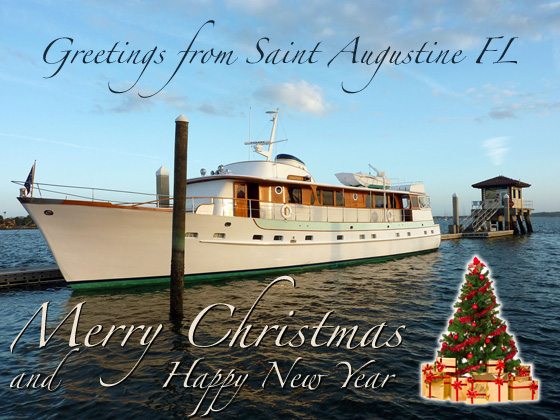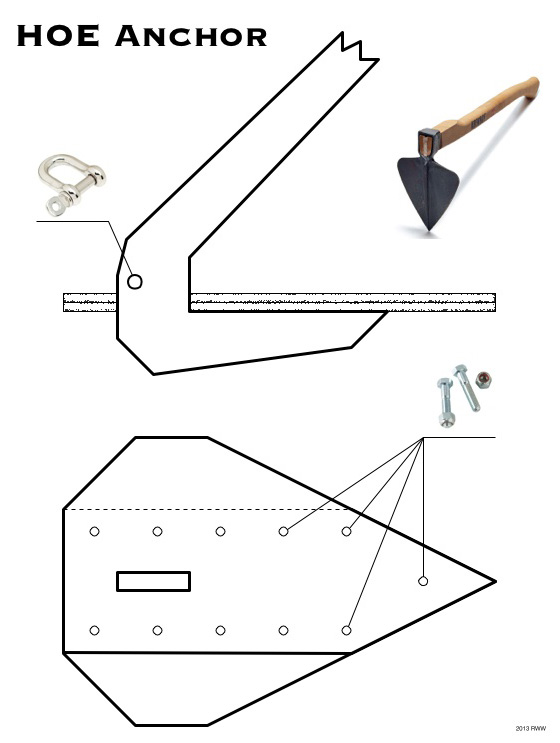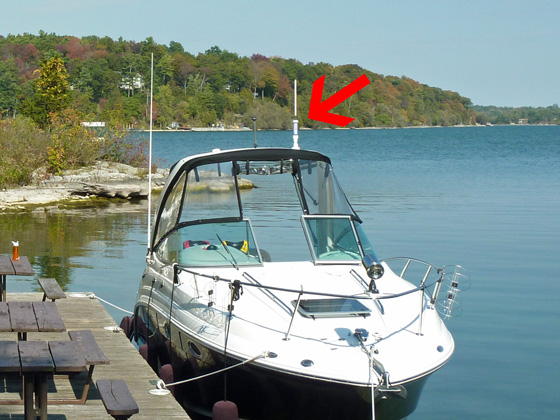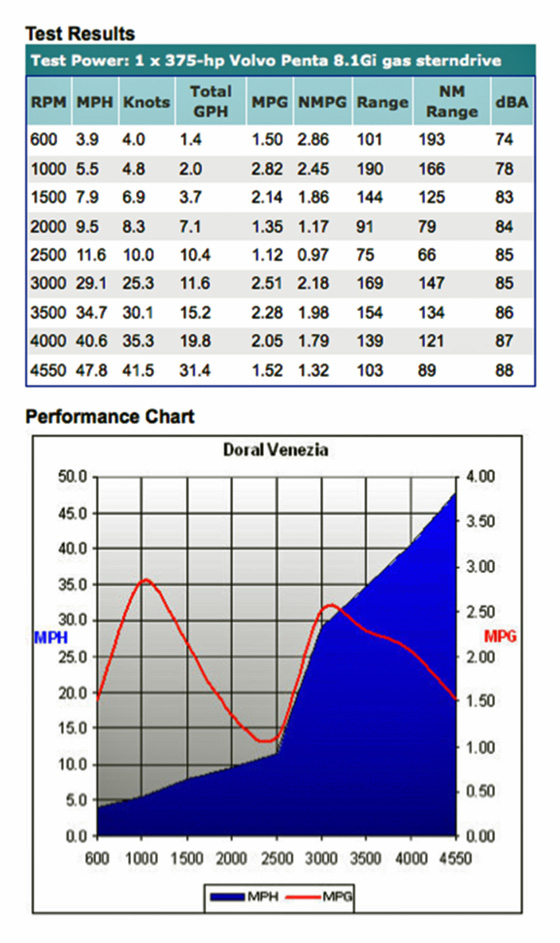GREENLINE DIESEL ELECTRIC BOATS
Look at the big and powerful diesel locomotives, well … they are really electricity driven beasts. They were invented over 100 years ago. A similar approach migrated to passenger cars only in the last 7-10 years. The same is beginning to happen with boats now … the electric propulsion system concepts like Wärtsilä Electric Propulsion already used in big and powerful ships, are migrating to pleasure boats.
I find the Greenline's electric/diesel powertrain to be more important innovation in this type of a boat, a primary and perhaps the disruptive change, than how the electricity is generated or provided, which is a secondary issue.
I like the idea that the propulsion can be generated directly by electric motor, or directly by diesel engine.
I like the idea that you do not have to install and run two separate diesel engines to have propulsion and to generate electricity … a second diesel engine would be desired for redundancy only, and not for the necessary functionality.
I like the idea that the powertrain can be driven by renewable sources of electric energy, whatever they might be now or in future, but it does not depend on them exclusively.
I like the options that this approach provides … well, for now, until the fuel cell is perfected and feasible … ![]()
HULL DISPLACEMENT SPEED
Old formula: S = 1.34 x SQRT(LWL)
New formula: S = LWL/(3 x BWL) x SQRT(LWL)
Where:
S = speed in knots
LWL = Load Waterline Length (waterline length)
BWL = Beam Waterline Length (wet beam width)
I have a skinny pocket cruiser with only 8.5' beam and it is within upper limit of the 3x to 4x as long as wide criterion. Just for kicks ... I thought I will calculate the hull speed based on both formulas:
LWL = 25'
BWL = 8'
S = speed in knots
Old formula: S = 1.34 x SQRT(LWL) = 6.7 knot
New formula: S = LWL/(3 x BWL) x SQRT(LWL) = 5.2 knot
My hull clearly follows the first formula as its efficient "coasting" or displacement speed, as opposed to efficient "planning" speed, is 7.2 knots. Interesting enough, at the optimum throttle settings while coasting at 1400 RPM or planing at 3400 RPM, I get the same 2.5 MPG on my gasoline powered VP 8.1L 375 HP engine … not talking about GPH here.
1000 RPM 05.3 MPH 03.4 MPG 01.6 GPH
1400 RPM 07.2 MPH 02.5 MPG 02.9 GPH
3400 RPM 30.2 MPH 02.5 MPG 12.1 GPH
Here is the kicker … the boat goes 5.3 MPH and I get 3.4 MPG at 1000 RPM.
So what is my hull displacement speed? Which formula applies?
GREAT ENDING OF THE 2013

HOE ANCHOR CONCEPT

The concept is based on compilation of the bits and pieces I've learned from the project discussion. It is really KISS approach ... overlaying two identical flukes to create double thickness center, and the shank slides in from the bottom up, and is locked in place by simple shackle.
WiFi AIRMAX BULLET
I've connected it to wifi access point installed on the boat so the multiple users and devices can connect to Internet via the Bullet. In a bind I use 3G/LTE MIFI but it is bound to one particular cell network while with the Bullet I was able to connect to hot spots on either side of the USA/CAN border.

I could locate and connect to some land based hotspot, be it a hotel or ISP infrastructure, or some careless Joe most of the time. There was only one instant that I could not find anything. Usually there is plenty, especially in urban and populated areas ... sometimes too many to sort out quickly.
The web interface to locate the hot spots and make a connection is a bit tedious ... made by engineers for engineers but functional once you get the hang of it.
In my real life experience, I was able to connect to the hotspots 7 miles away at decent speed. I was able to connect to my house network at nearly full speed from 3-4 miles with limited line of sight.
It's a keeper for me.
GASOLINE VS DIESEL ENGINE EFFICIENCY
Engine Thermal Efficiency
Engine efficiency of thermal engines is the relationship between the total energy contained in the fuel, and the amount of energy used to perform useful work.Traditionally gasoline engines are in the 25-30% range, meaning 70-75% energy is wasted as heat. Newer (last 3-5 years) gasoline engines with GDI (gasoline direct injection) increased the efficiency of the engines up to 35%.
Traditional diesel engines are in the 40% range (with RPMs up to 2000). Modern (last decade or so) turbo-diesel engines using electronically controlled common-rail fuel injection increases the efficiency up to 50% with the help of turbo-charging system. This also increases the engines' torque at low engine speeds (up to 2000 RPM).
Apparently, diesel engines are ahead of gasoline engines in efficiency advancements ... I will take 50% over 35% on a sound principle alone. Keep in mind, California is doing everything possible to make gasoline engines even more efficient.
VOLVO PENTA 8.1L FUEL EFFICIENCY
Smaller engine is more fuel efficient … really?
Let's take (RPMs) x (displacement cc) x (throttle opening %) at a given RPM and you get a fuel consumption number. So, of course, a 6.2L will consume less at 3000 RPM than a 8.1L at 3000 RPM, or at any other given RPMs with all else being equal.Now let's consider the performance of a boat equipped with either engine …
The consensus as expressed on the Chaparral Boats forum and in BoatTest tests is that the pre-2010 Chap 270 Signature and similar boats with 8.1L engine cruises at around 30-32 MPH turning at 3100 RPMs burning 12-13 GPH.
Trailer Boats magazine article tested a 2009 SeaRay Sundancer 270 with a Merc 6.2 Bravo III setup. The SeaRay 270 is very close in size and weight to a 2008 Sig 270. Cruising at speed of 31 MPH, the SeaRay 270 with 6.2L needed to spin at 4000 RPM and burned 14.8 GPH. The similar test results can be found on BoatTest site.
So, the small block (6.2L) ran 29.0% faster while its displacement is 76.5% of the big block (23.5% cc less than 8.1L). Therefore the 6.2L burns more fuel than the big block (8.1L) at the same speed over water under these particular conditions.
This is not a comprehensive, empirical calculation, just an indicative factor that the 8.1L engine can be as fuel efficient, or more efficient than 6.2L engine under comparable conditions.
In conclusion
It all depends on how you use your boat and engine, and you have to find your boat's sweet spot. Let’s look at the real world results based on BoatTest.com test done on 2010 Doral Venezia boat.
Click on the image to view the entire test results page.
Worth noting is the hallmark of this Volvo Penta 8.1L engine ... it is equally very efficient in two ranges, in 1000-1100 RPM and in 3000-3100 RPM. In both ranges the engine achieves 2.5 MPG or better mileage.
I do 80% of my boating in these two ranges. With the F4 props my VP 8.1L engine tends to be most efficient when operated in the upper limit of these two ranges.
If one has to drop from 3000 RPM to 2500 RPM or 2000 RPM, one will be getting only half or less of that mileage. If one needs to go the distance, it's more efficient to go at 3500 RPM than 2500 RPM since one will get twice as many MPG at 3500 RPM than at 2500 RPM.
Note: the MPG is a better indicator of fuel efficiency for a particular boat and engine than the GPH which is fuel usage indicator under particular conditions or an averaged fuel usage over time.
I do 80% of my boating in these two ranges. With the F4 props my VP 8.1L engine tends to be most efficient when operated in the upper limit of these two ranges.
HOW TO IMPORT BOAT TO CANADA
I do not know how the boat import is done on the water but from my many border crossings on land and on water, I would suggest doing it via land border crossing. Canadian Border Services Agency (CBSA) seems to be better prepared for clearing major imports on land.
You need to have a bill of sale with all the details including HIN and price, as well as the deed/title already transferred. All supporting documents like an ad with boat description, a seller offer, and anything else to support a declared purchase price ... especially if one has gotten a great deal … could prove to be helpful.
You need to be there in person, or hire a bonded broker to represent your interests at the border (big waste of money, imho).
Just drive to the crossing, clear your person, and they move you to the office area. You can also arrange with the hauler to meet up at the office. The officer checks the HIN, purchase price, and you pay GST and PST ... 13% total if you reside in Ontario. You pay it right there, and they accept major credit cards. Really painless process if all papers are in order ... 30 mins and you are done.
Importing a transport trailer is a bit more complicated ... ask me for details if this is your case.
If the boat is in Canada for a period of time longer than 6 months, it needs to be licensed. You license the boat with, and get a license number from, Transport Canada. I think it was free, and the license is valid for 10 years.
As far as Canadian Coast Guard (CCG) is concerned ... nothing to do. Amazingly, nobody asked for nor checked boat's compliance with Canadian standards. Once the boat is in water, it must be equipped with CCG required and Transport Canada approved safety equipment as specified for your type of boat.
I do not know what would be involved when registering the vessel with CCG ... but you do not have to do this if you are planning to stay in the waters of Great Lakes and tributaries.
Please verify the current procedures with CBSA here.
SIZE DOES MATTER … REALLY!
This cryptic guide is a memo to self:
| Year | … | … | Sig 250 | … | Sig 270 | … | Sig 280 | … | Sig 290 | … | Sig 310 | |
| 2011 | … | … | n/a | … | 27'00 P | … | n/a | … | 29'00 W | … | 31'00 W | |
| 2010 | … | … | n/a | … | 27'00 P | … | n/a | … | 29'00 W | … | 31'00 W | |
| 2009 | … | … | 27'00 P | … | 28'11 P | … | 29'00 W | … | 30'08 W | … | 33'04 W | |
| 2008 | … | … | 27'00 P | … | 28'11 P | … | 29'00 W | … | 30'08 W | … | 33'04 W | |
| 2007 | … | … | 27'00 P | … | 28'11 P | … | 29'00 W | … | 30'08 W | … | 33'04 W | |
P - Pocket Cruiser: 08'06 beam
W - Wide Beam: too wide for trailering
BOAT SELECTION CRITERIA
In the meantime, as a proof of concept and a tryout, we want to buy a used smaller express cruiser, with an efficient but peppy (diesel?) engine. It would serve as all around boat for 2 to 4 people, suitable for overnight or week long cruises for 2 people. This boat would cruise 1000 Islands area and Lake Ontario from our St. Lawrence River waterfront property. St. Lawrence River is regulated and the water depth at our dock is 4-6 feet during the sailing season. The floating dock is 50 feet long is accessed from the shore by a 30 feet long bridge and located on river's smaller channel on a sheltered side of an island.
Now, some of the assumptions and our desired boat specs that I was able to conceive … see below.
Boat: express cruiser or peppy pilot, trawler, or downeaster
Length: 25-35 feet, trailer legal width is a plus
Engine: inboard preferred, diesel preferred (Volvo, Yanmar, Cummins)
Speed: 40 MPH max speed, 25 MPH optimum cruising speed
Range: 200 miles or more (important)
Other Desired Features:
- radar arch or hard top (must have)
- generator (must have)
- good marine electronics, radar is a plus
- good toilet system (vacuflush)
- decent engine compartment with easy access
Is this TOO much to ask for?


